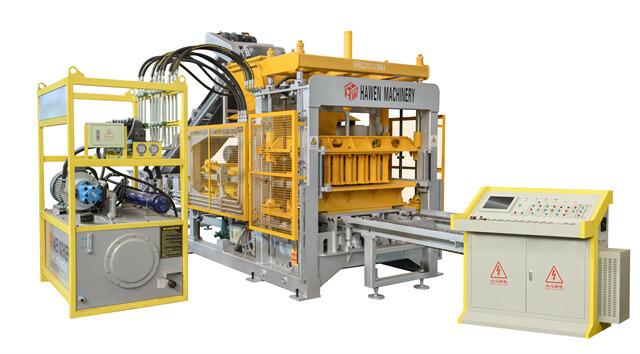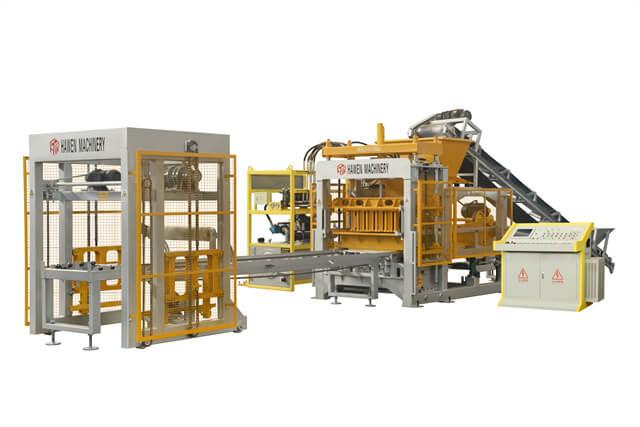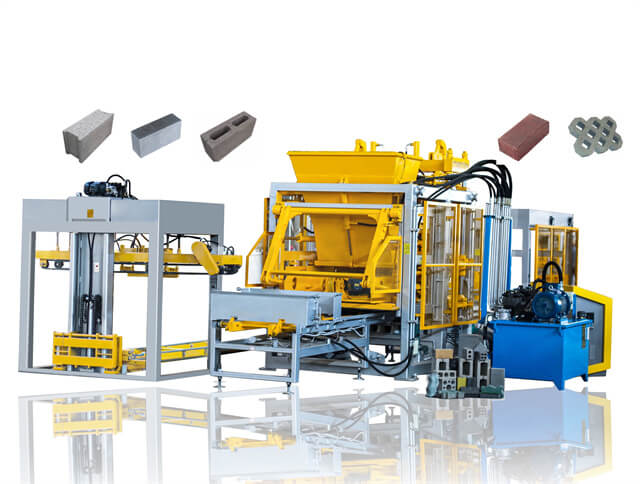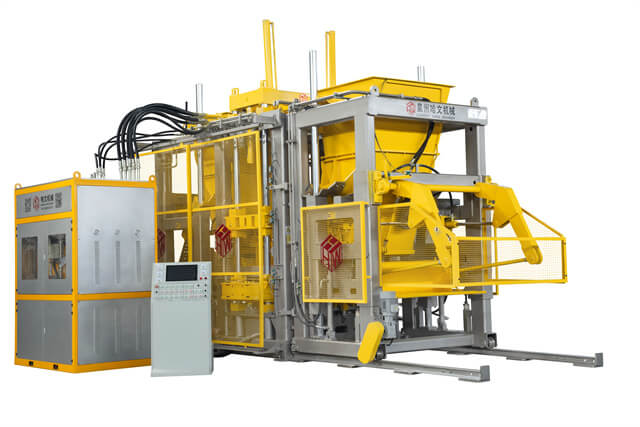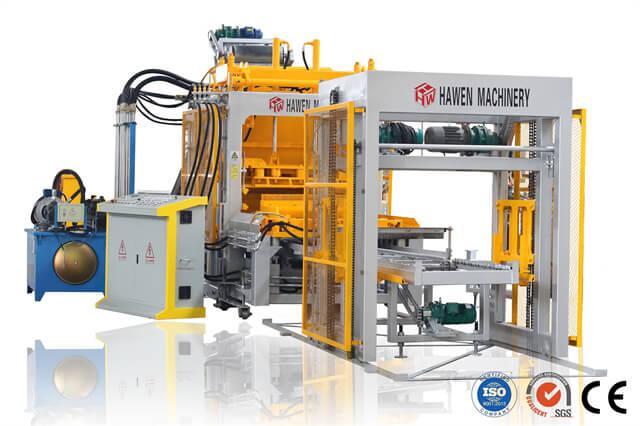Author:HAWEN Block MachineFROM:Brick Production Machine Manufacturer TIME:2024-07-18
Compressed earth block (CEB) makers play a crucial role in sustainable construction practices, offering an eco-friendly alternative for building materials. The production process of CEB makers involves several key steps that ensure the creation of durable and efficient building blocks. This article will delve into the detailed production process of compressed earth block makers, outlining each stage from raw material preparation to the final product formation.
The production process of compressed earth block makers begins with the careful selection of raw materials. Soil with the right composition, including clay, silt, sand, and a minimal amount of organic matter, is crucial for producing high-quality CEBs. The soil must undergo rigorous testing to ensure it meets the required specifications for optimal block strength and durability.
Once the suitable soil is identified, it undergoes a thorough preparation and stabilization process. This typically involves mixing the soil with stabilizing agents such as cement, lime, or other additives. The aim is to enhance the soil's properties, improve compaction, and increase the overall strength and stability of the resulting compressed earth blocks.
After stabilization, the soil is mixed with precise proportions of water and other additives, depending on the specific requirements of the CEB maker. The homogeneous mixture is then fed into the block-making machine, where it undergoes compression and shaping to form individual blocks. This step demands careful control of the mixing and feeding processes to ensure uniformity and quality in the final product.
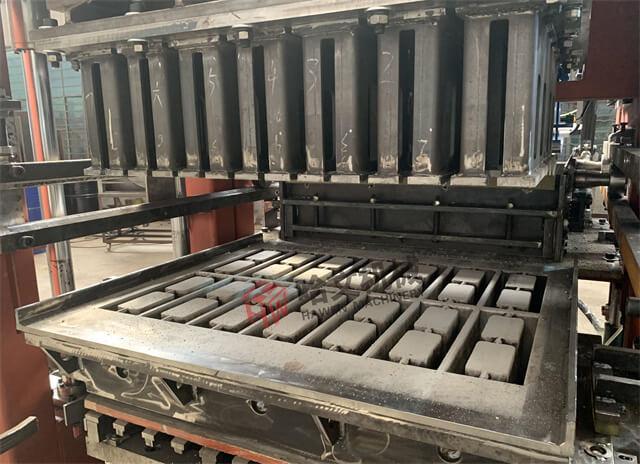
The heart of the production process lies in the hydraulic pressing stage. The compressed earth block maker utilizes hydraulic pressure to compact the prepared soil mixture into solid, interlocking blocks. This process demands precision engineering and control to achieve the desired block density and strength, critical for structural integrity and load-bearing capacity.
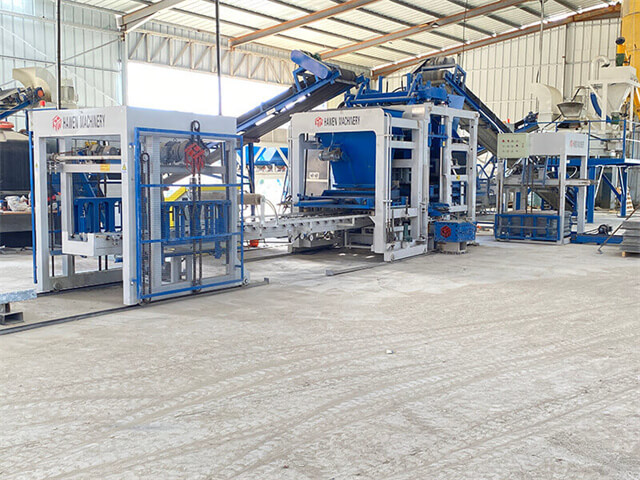
Once the blocks are formed, they undergo a curing and drying period to achieve optimal strength and durability. Proper curing methods, including air drying or controlled curing chambers, are employed to ensure the blocks attain the required mechanical properties before being used in construction projects.
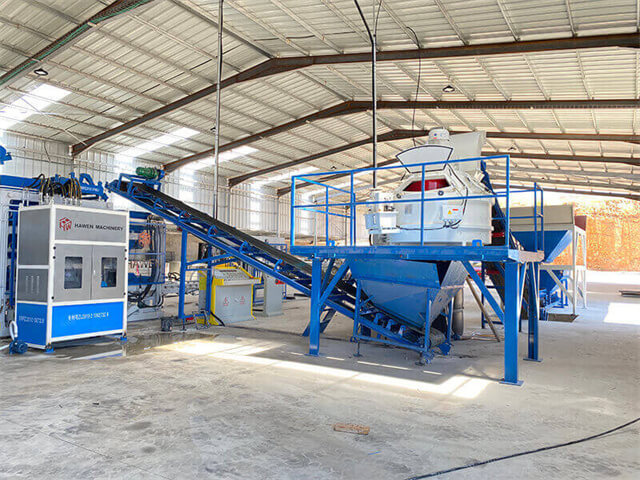
Throughout the production process, rigorous quality assurance measures are implemented to monitor the consistency and integrity of the compressed earth blocks. This includes regular testing for compressive strength, moisture content, and dimensional accuracy, ensuring that every block meets the specified standards and regulatory requirements.
After the blocks have completed the curing process and passed quality checks, they undergo finishing treatments, such as surface smoothing or texturing, as per the design requirements. The finalized blocks are then carefully packaged and stored in a controlled environment to prevent any damage during transportation and storage before their use in construction projects.
The production process of compressed earth block makers involves a meticulous series of steps aimed at delivering sustainable, high-quality building materials. From raw material selection to the final block finishing, each stage requires precision, expertise, and adherence to strict quality control measures. By understanding the intricacies of this production process, we can appreciate the significant role that CEB makers play in promoting environmentally friendly and efficient construction practices.
